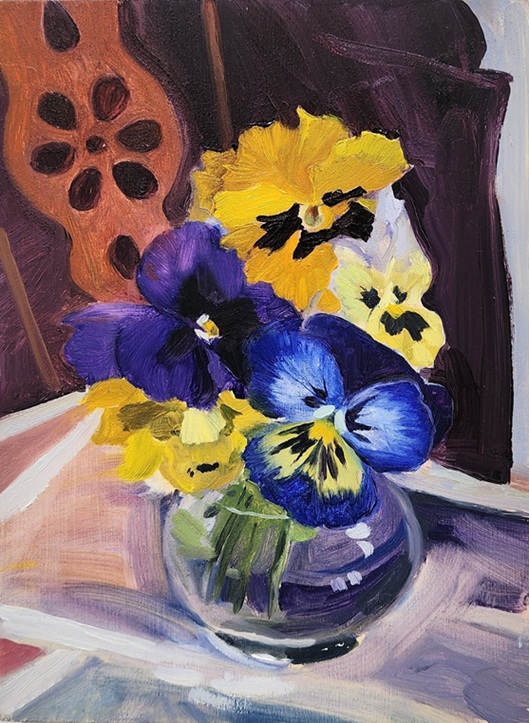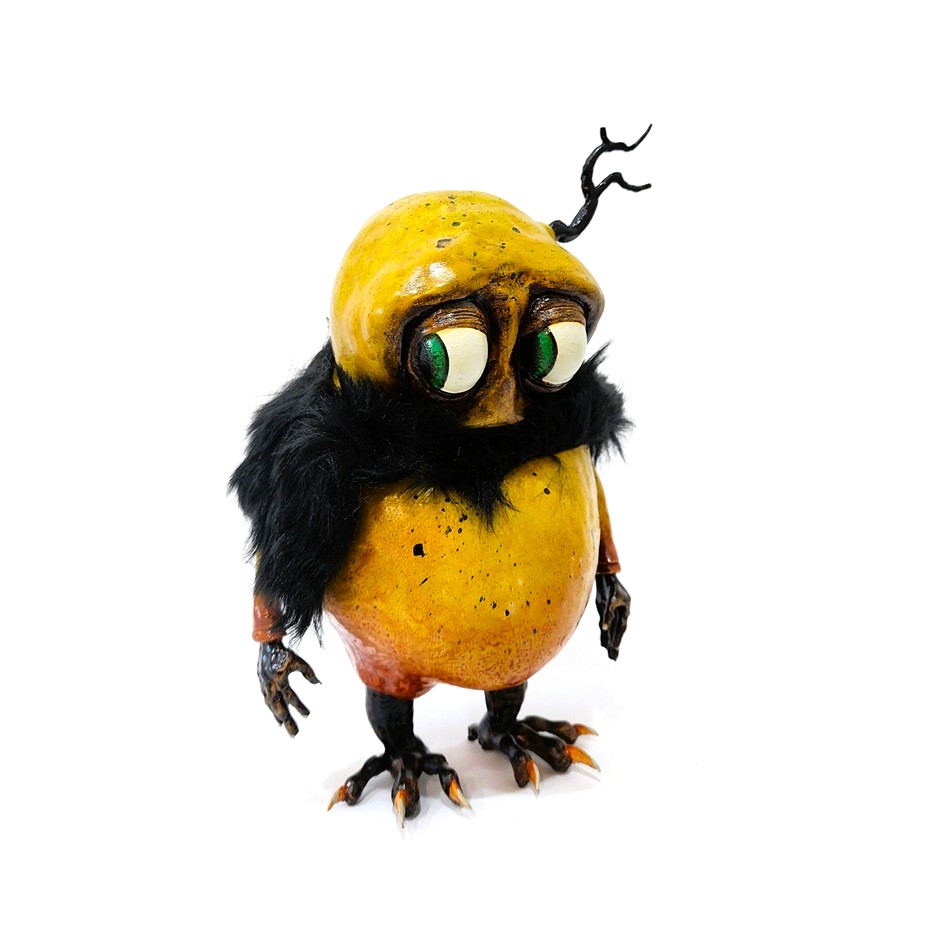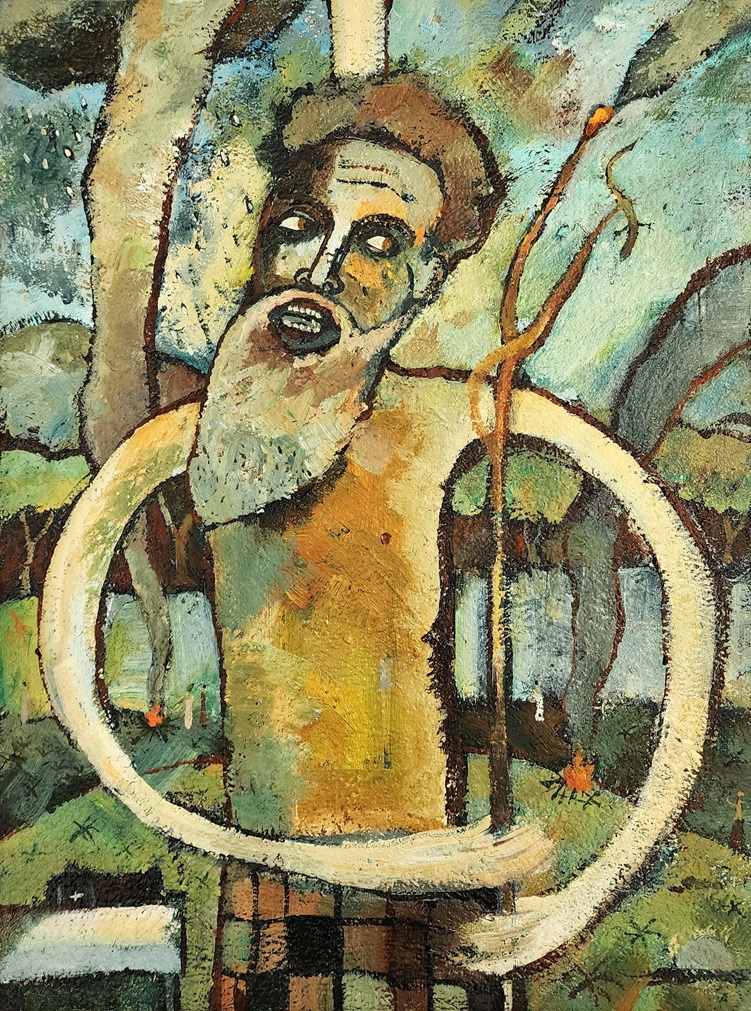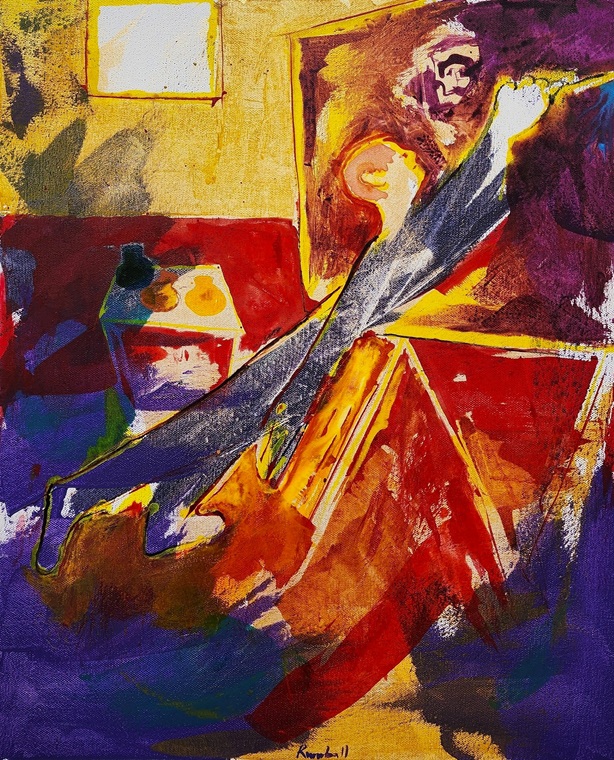Previous Exhibitions
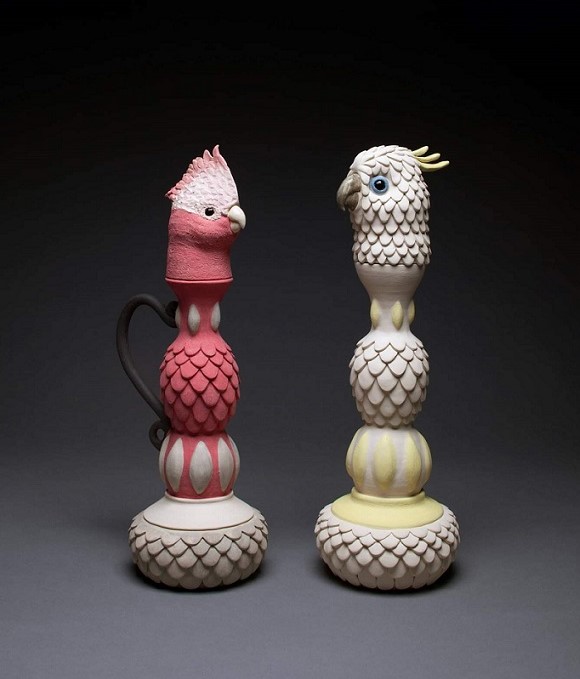
For the month of November 2021 ZIMMERMAN is delighted to an exhibition of sculpted works by Angela Tier, complemented by two recent photographic images.
Titled "Bittersweet Wish: Flight of the Genie Birds", Tier's new series of stoneware vessels reflects on the introduction of selected birds to New Zealand.
Some of the sculptures represent birds that, while introduced to help control agricultural pests, have now become pests themselves, stripping grain crops and damaging fruit. Other birds that were imported as ornamental pets have, by accident or neglect, been released and have now established wild populations.
Yet while "the genie is out of the bottle" and Aoteoroa is forever changed, Tier’s sculptures impart a sense of the artist’s appreciation for the natural beauty and character of these relative newcomers to our shores.
The full artist commentary on this new series of "genie birds" is set out beneath the images below.
Artist's commentary on Bittersweet Wish: Flight of the Genie Birds
"The genie shaped bottles in this exhibition represent a selection of feral introduced birds presently in New Zealand, as well as specific exotic bird species. The vessels depicted with handles are birds to report to DOC if you see them in the wild!”
In 1773, on his second voyage to New Zealand, Captain James Cook gave hens to Māori in both the North and South islands. Missionaries in the Bay of Islands were the first recorded poultry farmers in 1814. Many early settlers had a few hens in the backyard to supply eggs. These were the first birds to be introduced to New Zealand; since then, 130 bird species have been released in Aotearoa, with 41 successfully establishing wild populations. So why were they bought here?
The answer is for sentimental or utilitarian reasons; settlers missed seeing the familiar birds of home and hearing their songs, and thought certain feathered heroes would help them with farmland insect problems. In the hope of controlling agricultural pests, farmers introduced insect-eaters such as Magpies, Blackbirds, Thrushes, Starlings and Sparrows.
The introductions made sense in theory – but, once the genie was out of the bottle, unintended consequences quickly followed. Farmers soon discovered that the plagues of insects were replaced by platoons of birds stripping their grain crops and damaging fruit.
One of the birds chosen by the Acclimatization Societies to eat crop insects was the sweet little Yellowhammer, a coastal English bird introduced between 1860s and 1870s. Yellowhammers were initially warmly welcomed, but soon local farmers started to complain about the bird’s appetite for cereal crops. The Acclimatization Societies came under public pressure to get rid of the Yellowhammer, but it was too late, and Yellowhammers remain widespread across New Zealand today.
In the Whanganui region where I live, Peacocks are a relatively new pest. Native to India, Peacocks were first bought to New Zealand in 1843 as ornamental pets, but have gone on to establish wild populations.
Peacocks are now affecting crops, and farmers say they are hard to cull because they have become so elusive, cleverly remaining at a safe enough distance not to be an easy target for shooting. There is now a clear divide between those who see Peacocks as attractive, and those who view them as nothing but pests; careful management of Peacocks is now a topic on the agenda for Horizons Regional Council.
Species such as the Rainbow Lorikeet, Ring Neck Indian Parakeet and Galahs feature in public bird aviaries and some are kept as exotic pets, but they are unwanted freely flying about in Aotearoa.
In the 1990s Rainbow Lorikeets were illegally released in Auckland by members of the public. The Department of Conservation began eradicating the feral population in 2000, concerned about competition with native honeyeaters and the possible threat to pristine island habitats such as Little Barrier Island. MPI Biosecurity, in partnership with DOC and regional councils, now manages Rainbow Lorikeet under the National Interest Pest Response initiative. The aim of the response is to prevent Rainbow Lorikeets from establishing in the wild.
The Rook is also represented in this series. Rooks were introduced by Acclimatisation Societies in 1862-74, and are the only member of the crow family found in New Zealand in modern times.
Rooks are listed as an unwanted organism in New Zealand are the focus of eradication campaigns by several regional councils. Before their numbers were reduced, they were a serious problem to germinating arable crops such as maize, sweet corn, cereals, pumpkins, peas and apples. Rooks can also damage pasture by opening it up to thistles and other weeds while looking for grass grub.
Note: In this exhibition the genie bird vessels with handles represent species that could establish uncontrollable wild populations, and compete with our native birds for food, nesting spots and territory, as well as inhibit agricultural production.











